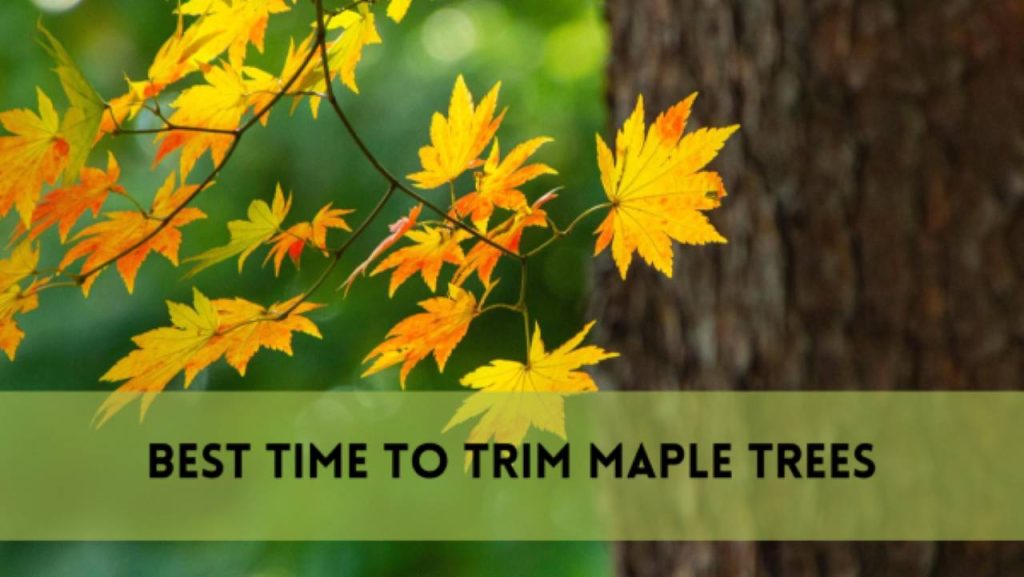Are you wondering how to trim palm tree? For every homeowner who wants to maintain a tidy and well-kept landscape, trimming a palm tree is a must. Although they may be a beautiful addition to any yard or garden, palm trees can become unruly and overgrown if they aren’t given the right care. We’ll take you through the process to trim palm tree in this in-depth tutorial to keep it looking good and healthy.
How To Trim Palm Tree
The Value of Trimming Palm Trees
It’s important to comprehend the benefits of regular pruning before delving into the mechanics of how to trim a palm tree. Palm tree pruning has a number of advantages, such as:
Improved Aesthetics: A well-trimmed palm tree makes your home seem better overall and makes your outside area seem more appealing and welcoming.
Health and Longevity: Dead fronds, which may contain pests and illnesses, are removed by regular pruning. This helps your palm tree have a longer, healthier life.
Safety: Because falling fronds may injure or cause damage, overgrown palm palms can be dangerous. Trimming assists in avoiding these mishaps.
Better Growth: Pruning a tree properly may encourage new growth and keep it in its perfect form.
How and When to Trim Palm Tree?
When it comes to pruning palm trees, timing is everything. The ideal times to prune your palm tree are in the late spring or early summer.
The tree may recuperate from the trimming more rapidly at this time since it is growing at its fastest rate. Removing branches in the autumn and winter might expose the tree to harm from the cold.
Steps to Trim Palm Tree
Step 1: Assemble Your Equipment
Make sure you have the required tools available before you start:
- trimmer shears
- cutting saw
- For higher trees, ladders
- Safety glasses and mitts
Step2: Prioritize safety
Put on your gloves and safety eyewear to protect your hands and eyes from jagged fronds and falling debris.
Step 3: Cut Off Dying or Dead Fronds
Start by determining which of your palm tree’s fronds are dead or dying. These are the brown or yellow fronds that have lost their color. To gently remove them, use your pruning saw or shears. Make your cut as near to the trunk as you can without risking damage.
Step 4: Reduce Overgrowth
Next, search for any overgrowth that could be creating problems or blocking the view. Remembering the palm tree’s general form, trim these fronds back to the appropriate length. Make careful not to remove healthy, flourishing fronds that are still green.
Step 5: Pay Attention to Blooming Fronds
Trimming your palm tree’s blooming fronds, which are often found near the top, should only be done in extreme cases. Cutting off the flowering fronds may prevent the tree from growing, since they are essential to its reproductive process.
Step 6: Tidy Up
After cutting off all the fronds that need to be trimmed, tidy up the space around your palm tree. Make sure the tree is free of dead or overgrown fronds by examining it after trimming the trimmed fronds and disposing of them appropriately.
Step Seven: Upkeep
Healthful palm trees need regular care. Regularly inspect your tree for symptoms of illness or insect infestation as well as any new growth. If there are any problems, take quick action to make sure your palm tree stays healthy.
Typical Errors to Avoid: Trimming Palm Trees
If done properly, trimming a palm tree may be simple, but there are a few typical errors to avoid:
Over-Trimming: Removing an excessive number of fronds at once may shock the tree and stunt its development. Always keep the general health of the tree in mind.
Ignoring Safety Gear: To avoid cuts from jagged branches and falling debris, cover yourself with gloves and safety goggles.
Inappropriate Timing: Pruning your palm tree at the incorrect season might be detrimental. For optimal effects, use late spring or early summer.
Ignoring Flowering Fronds: Reproduction depends on flowering fronds. Cut them only when absolutely required.
Conclusion
For every homeowner who has one of these exquisite trees in their landscape, knowing how to trim palm tree is an invaluable skill. In addition to improving the aesthetic appeal of your home, regular and appropriate pruning helps to maintain the general health and safety of your palm tree. Never forget that time and safety are crucial, and always keep the requirements of the tree in mind.
Your palm tree can flourish for many years to come if you give it the proper care and equipment. Now that you have your pruning shears and gloves on, it’s time to give your palm tree the trim it needs!
FAQs
When should I prune my palm tree?
When your palm tree is actively developing, which is in late spring or early summer, is the ideal time to trim it. Trimming a tree in the autumn or winter might expose it to harm from the cold.
How often should my palm tree be pruned?
In general, palm trees need pruning once a year. However, the frequency might vary according to the development pace and particular kind of palm. You can decide when to prune your tree by doing routine inspections.
Should I call a professional or can I prune my palm tree myself?
If your palm tree is small enough and you have the right equipment and know-how, you can prune it yourself. To guarantee the work is done professionally and safely, it is best to engage a professional tree service for tall or huge trees.
How should I deal with the waste and clipped fronds?
Answer: Get rid of trash and clipped fronds properly. If they don’t contain any diseases, you may either utilize them as mulch or compost, or you can get the right disposal advice by contacting your local waste management agency.
Does my palm tree need to be trimmed in any way?
Yes, there are a few telltale indications. These include yellowing or dead fronds, fronds that block pathways or your view, and generally unkempt growth. Check your palm tree often for these signs.




